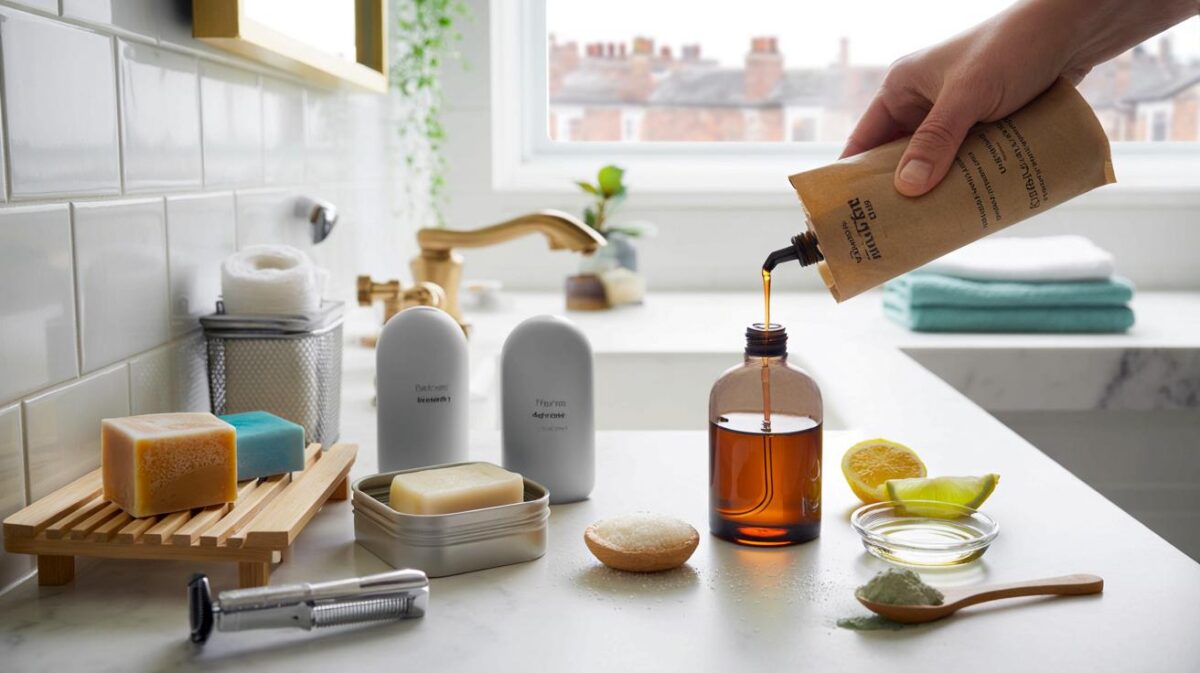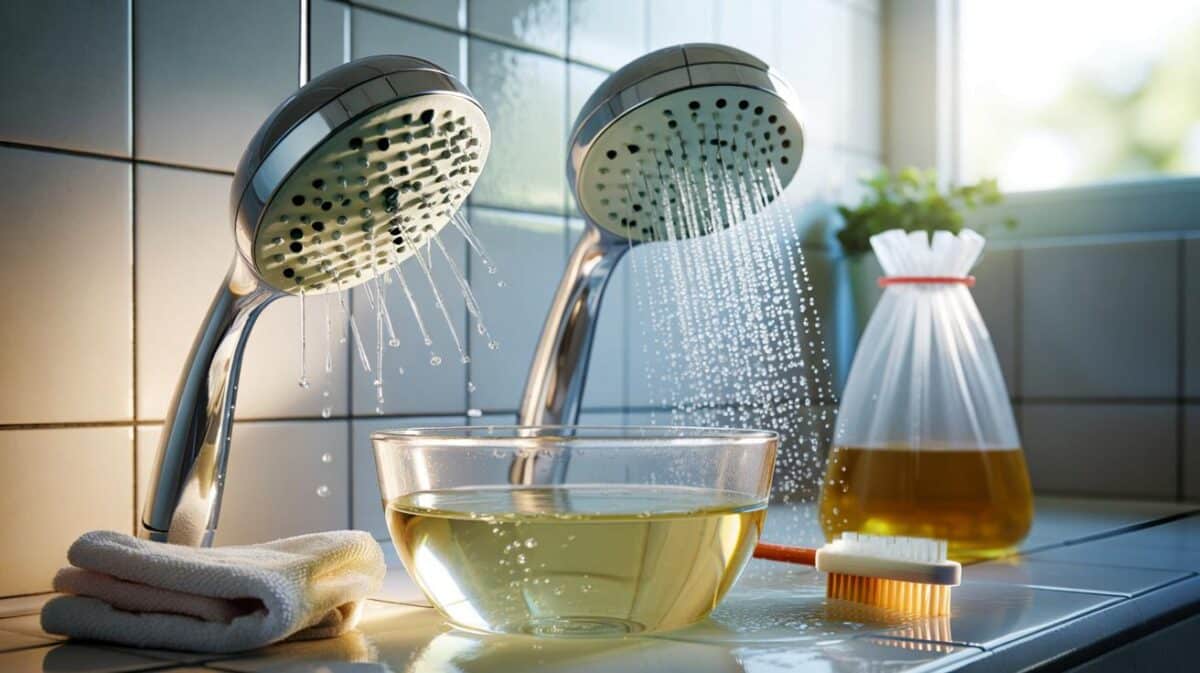A spoon, a bowl and a clock set to single digits might be all you need.
Across kitchens looking for speed and solace, a classic French pudding is slipping back into weeknights. Lean on three eggs, a splash of milk and a whisper of vanilla, and you can serve comfort with theatre, without touching the oven.
Why this 7-minute classic is back
Rising energy prices and busier diaries push home cooks to low-fuss desserts that still feel special. The vanilla “floating island” — pillowy poached meringue set on warm custard — earns that place. It uses cupboard basics, cooks on the hob, and invites a flourish at the table with a drifting white “island” on a golden sea.
Three eggs, 50cl milk and 70g sugar turn into four generous bowls in about seven active minutes.
Cost stays sensible. Using vanilla extract rather than a pod, you can plate portions from roughly 40p to 60p each, depending on the milk and eggs you buy. Caramel is optional. The showmanship is not.
What you need
- 3 very fresh eggs
- 500 ml whole milk
- 70 g caster sugar
- 1 vanilla pod or 1 tsp vanilla extract
- Pinch of salt
- Ready-made caramel or a quick homemade drizzle (optional)
| Prep time | 5 minutes |
|---|---|
| Cook time | 7–10 minutes on the hob |
| Servings | 4 bowls |
| Estimated cost | £1.80–£2.40 for the lot |
How it works in five steps
1) Whip the whites
Separate the eggs while cold, then let them warm for 10 minutes. Put the whites in a clean bowl with a pinch of salt. Whisk to soft peaks, then rain in half the sugar and whisk to firm, glossy peaks. The whisk should leave sharp ridges.
2) Poach the “islands”
Bring a wide pan of water to a bare simmer. Using two spoons, scoop quenelles of meringue and lower them in. Poach for 45–60 seconds each side at a gentle tremble, not a boil. Lift onto kitchen paper. They should feel light and springy.
3) Heat the milk with vanilla
Split the pod and scrape the seeds into the milk, then warm until steaming. If using extract, add it later. Keep the milk below a simmer to protect flavour.
4) Make the custard
Whisk the yolks with the remaining sugar until paler. Temper with a ladle of hot milk, whisk, then return to the pan. Stir constantly over low heat with a wooden spoon or silicone spatula. Aim for 82–84°C if you have a thermometer; the custard should coat the back of the spoon and leave a clean line when you draw a finger across.
For a silk-smooth custard, keep it below a simmer and pull it off the heat the moment it naps the spoon.
Strain through a fine sieve into a jug. Stir in vanilla extract now if you skipped the pod.
5) Plate and finish
Pour warm custard into bowls. Float the meringues on top. Add a thread of caramel for shine. Serve immediately, or chill the custard and set cold islands on top for a cooler finish.
Make it yours
- Citrus lift: grate orange zest over the islands and add a squeeze of juice to the caramel.
- Nutty crunch: scatter toasted flaked almonds, roasted pistachios or crushed praline.
- Chocolate twist: dust with cocoa or shave dark chocolate for gentle bitterness.
- Salt-sweet edge: a few grains of flaky sea salt sharpen the vanilla.
- Coffee note: stir 1 tsp instant espresso into the caramel before drizzling.
Practical tips that spare tears
Stability for the whites
A tiny squeeze of lemon juice or a pinch of cream of tartar stabilises the foam better than salt alone. Add it at the start, then whisk.
Heat discipline for the custard
If the custard starts to scramble, pull it off the heat and whisk in a splash of cold milk. Blend with a stick blender, then strain. The flavour stays; the lumps go.
Texture check at the hob
When meringues feel spongy and light, they’re done. Over-poached whites turn rubbery. Under-poached whites weep liquid; give them a few extra seconds.
Storage and food safety
Chill custard within an hour and keep it for up to two days. Cover to prevent a skin. Poached meringues sit happily in the fridge for four to six hours on a lined tray. Assemble just before serving for the cleanest contrast of textures.
Use British Lion-stamped eggs for best safety. Vulnerable guests may prefer pasteurised yolks; they thicken reliably at the same temperature.
Numbers that help you plan
Roughly 200–220 kcal per serving without heavy caramel, based on whole milk and three large eggs.
- Sugar trim: drop to 50 g if you prefer a lighter touch; the custard still sets and the whites stay glossy.
- Milk swaps: semi-skimmed works and saves a few calories; plant milks vary — barista oat gives the best body.
- Portion control: one egg supports one generous island; scale up in simple ratios for a crowd.
Beyond the recipe: value, time and kit
A stand mixer isn’t required. A hand whisk lifts whites in three to four minutes if you use a roomy bowl and steady speed. A digital thermometer removes guesswork, but the “line on the spoon” test remains solid if you don’t own one.
On cost, vanilla pods taste beautiful yet push budgets. Vanilla paste or extract keeps a clear flavour at a quarter of the price per bowl. If you crave the speckled look, half a pod in 500 ml milk delivers it without doubling spend.
Small risks, easy wins
Boiling water collapses meringue; patience prevents it. Overheating custard creates grain; stirring solves it. The recipe asks for focus, not flair. With five short moves and a handful of ingredients, you serve a pudding that feels like a celebration after an ordinary day.








